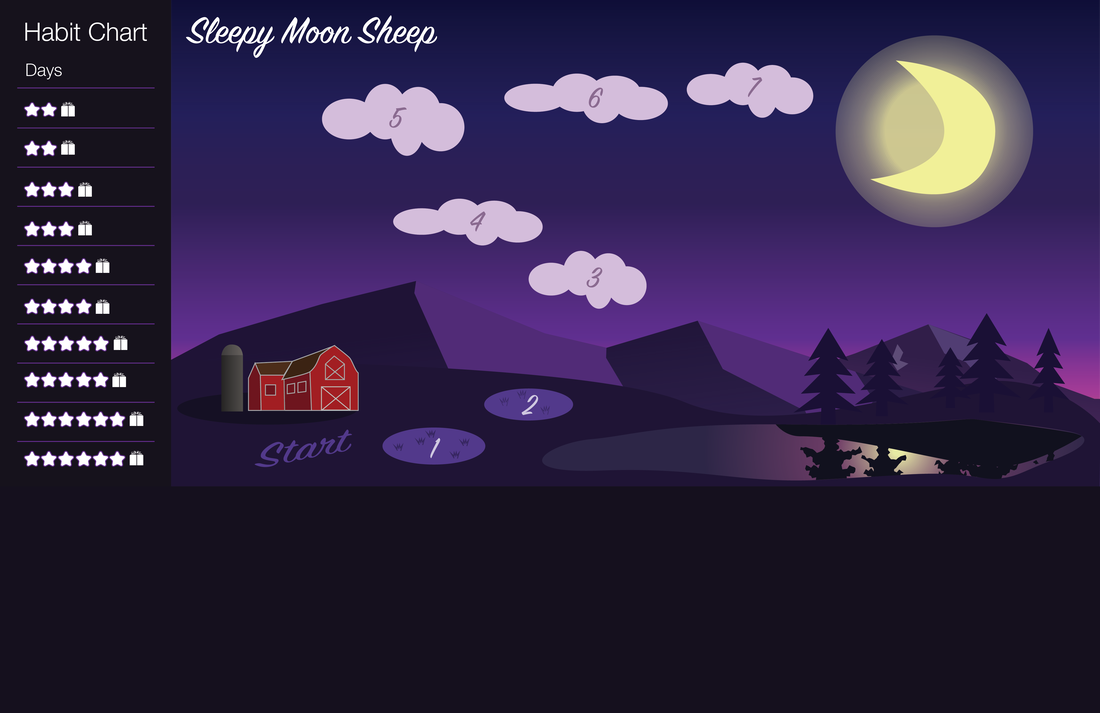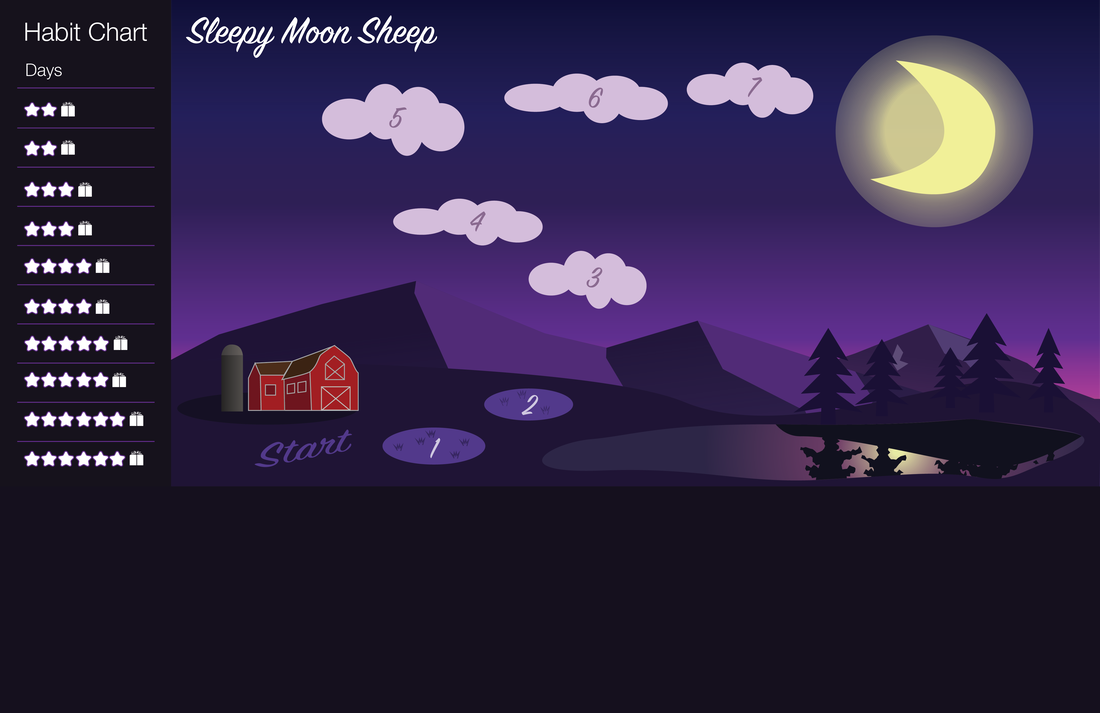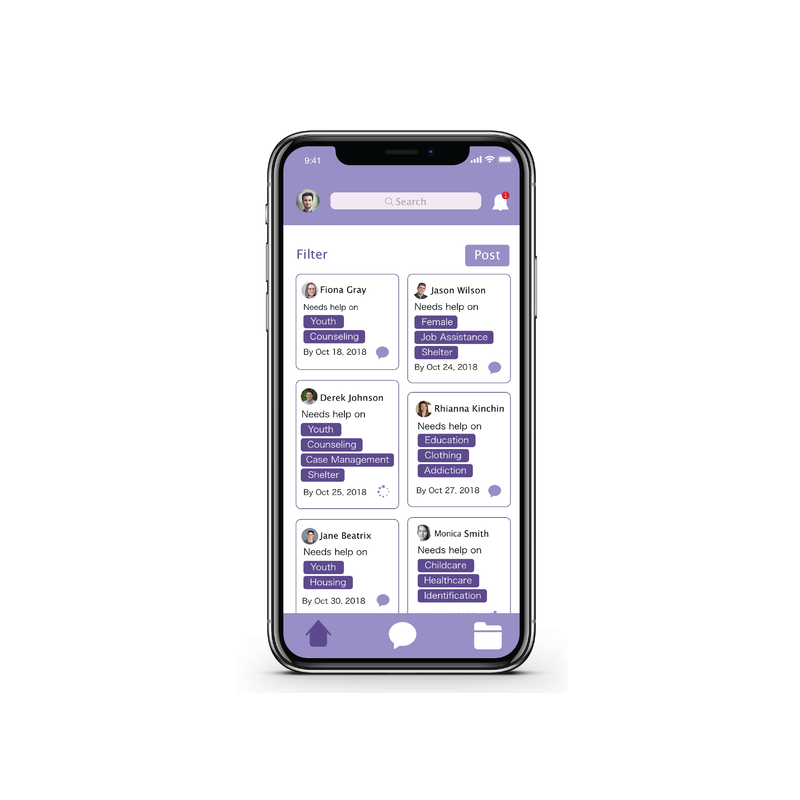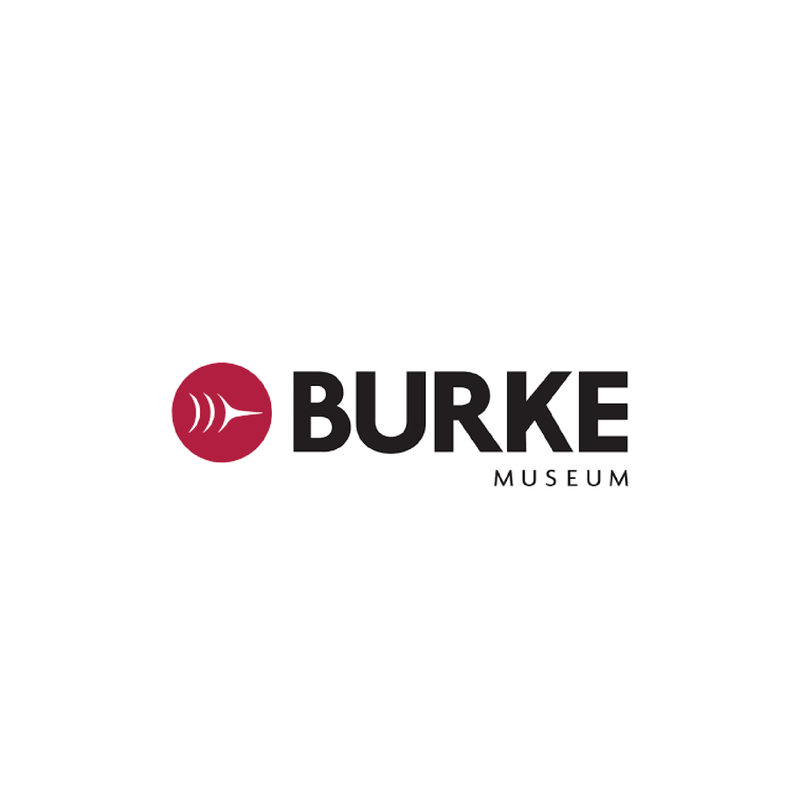ResearchWe conducted two different types of research: Interviews and literature review. For interviews, we talked with our sponsor, Weichao Yuwen, to gather information about current research being done within SIPA, what resources could they point us to, how arthritis affects kids, etc. Any information was helpful as this was such a new topic for our team. Additionally, I conducted child interviews with my Polish scouts to figure out what their general bedtime patterns were. For the literature review, we looked over three different research papers on sleep disruption with young children (with and without arthritis), effects on the family, and the importance of maintaining healthy sleep habits.
IdeationAfter collecting our research, we started a Bags of Stuff session with two kids, a 6 and 2 year old. Bags of Stuff is a bag of various arts and crafts. You give it to kids along with a design problem and co-design to come up with a solution. Afterwards, my team and I sketched our own ideas out to narrow down for later.
High Fidelity Prototype 1Once my team and I thoroughly narrowed down our ideas and discussed the feasibility of each, we went with a sleepy sheep board game. We later changed it to a poster to help keep healthy habits at the forefront of kids minds. Children can customize their sheep cards and collaborate with parents to decide on a routine. These cards are later put on display at the bottom of the poster. As a child completes a card, they move their sheep piece across the board until they reach the moon. The habit tracker on the left shows how many days a child has before they earn a reward, which is also decided on between the children and parents. This is not necessarily monetary, it could be things such as a park outing, movie night, and more. The goal is to use this system temporarily. After almost two months (which is roughly how long it usually takes to establish a habit) the child should be able to maintain it without a reward being needed.
User TestingAfter creating our initial prototype, we went to test our design with the same two kids we had an initial Bags of Stuff session with. Overall, the kids were very engaged, the 2 year old more so than the 6 year old. They liked the sheep and being able to pick their own characters and completed the cards that they could during the test session. The kids were a fan of being able to color the sheep but I wonder if the novelty of colored cards would wear off over time. Some general parent feedback:
High Fidelity Prototype IIFor the final prototype, I made minor edits based on the feedback we received:
With the numbered grass/clouds, parents could adjust the number of cards they use in their routine. They can number the cards and have more than one card associated with a step. Reward cards could be attached on the right of the board and the routine could have two rows below the poster. If siblings have more than one routine, they can get a second board. If they have the same routine, they could put multiple velcro pieces on the board to move more than one sheep. There were quite a bit of time constraints at the end of the quarter so we were not able to incorporate all the feedback we received such as the time. Group Reflection
For this project, I had a lot of fun with my team! We got along great and we were supportive of each other throughout the project (especially since it was all of our first times using design and research tactics specifically catered towards kids)! I found learning about child psychology interesting and I hope to learn more in the near future on other projects. One of the major challenges of this project was how rapidly children's minds change. This meant that depending on the age group, project requirements could change drastically.
| ||||||||||





